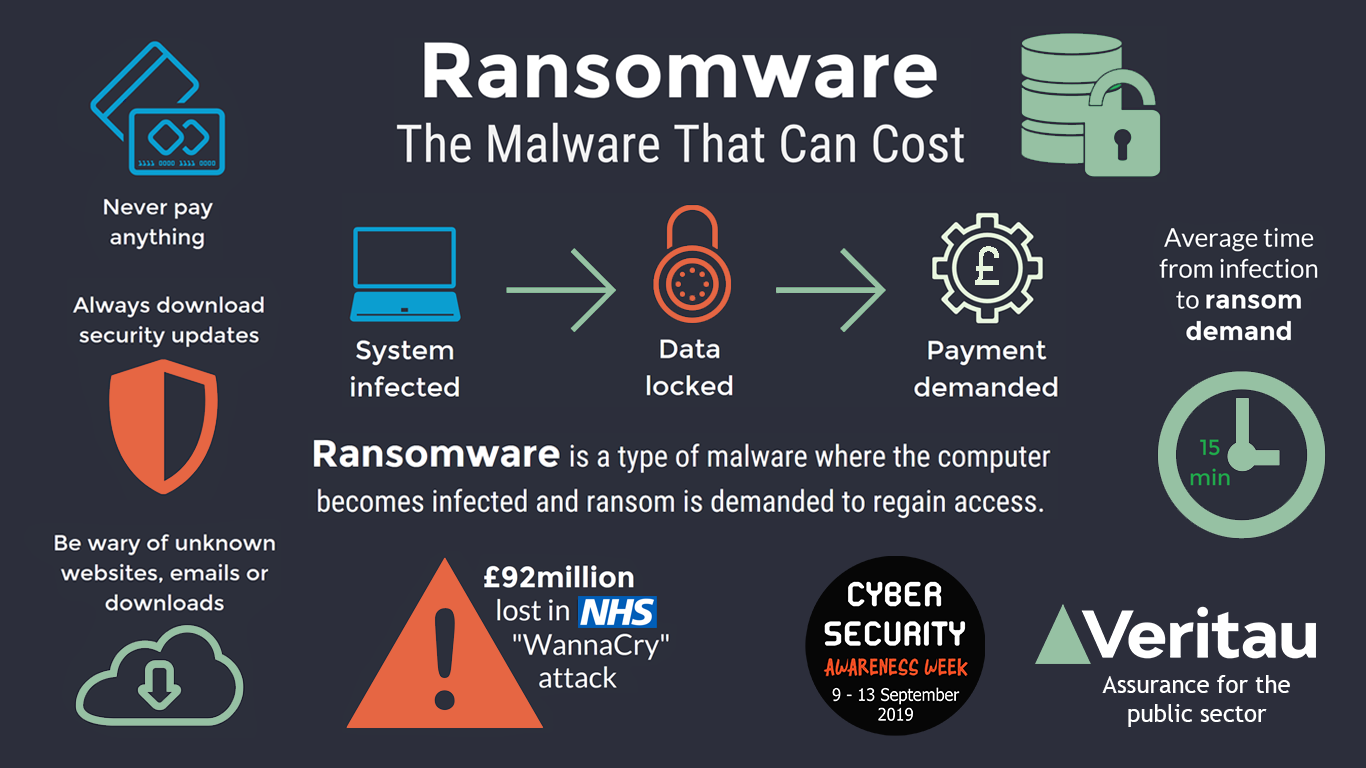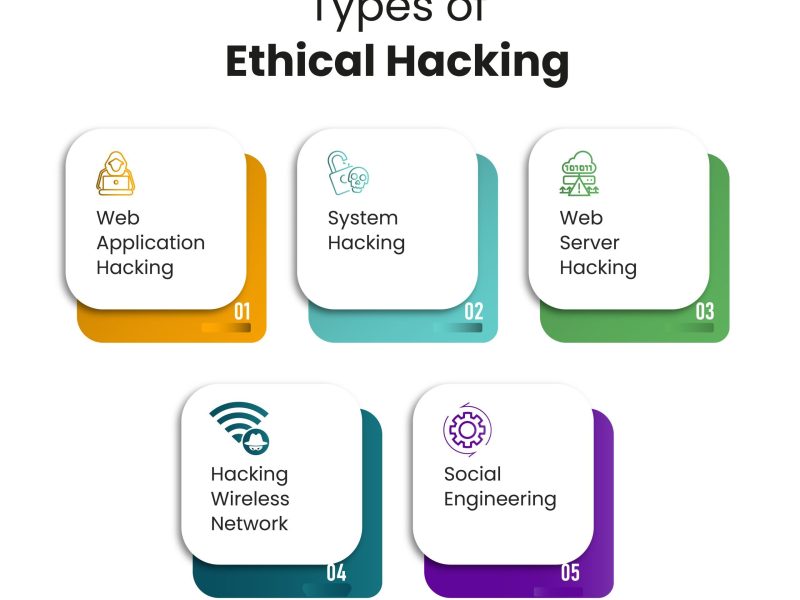In today’s digital world, ransomware attacks have become a major threat to individuals and businesses alike. Ransomware is a type of malicious software that encrypts your files and demands a ransom in exchange for restoring access to them. These attacks can be devastating, causing downtime, financial losses, and reputational damage. In this article, we will discuss what ransomware attacks are, how they work, and most importantly, how you can protect yourself and your business from falling victim to them.
What is Ransomware?
Ransomware is a type of malware that restricts access to a computer system or files until a ransom is paid. Typically, ransomware spreads through phishing emails, malicious websites, and software vulnerabilities. Once the ransomware infects a system, it encrypts the victim’s files, making them inaccessible. The attackers then demand payment, usually in the form of cryptocurrency, in exchange for providing a decryption key to unlock the files.
How Do Ransomware Attacks Work?
Ransomware attacks can happen in various ways, but the most common method is through phishing emails. Attackers will send an email that appears to be from a legitimate source, such as a trusted company or government agency. The email will contain a malicious attachment or link that, when clicked, installs the ransomware on the victim’s computer.
Once the ransomware is installed, it will begin encrypting the victim’s files, rendering them inaccessible. The attackers will then display a ransom note on the victim’s screen, demanding payment in exchange for a decryption key. If the ransom is not paid within a certain timeframe, the attackers may threaten to delete the decryption key, making it impossible to recover the files.
How to Protect Yourself and Your Business
Protecting yourself and your business from ransomware attacks requires a multi-layered approach. Here are some steps you can take to reduce the risk of falling victim to a ransomware attack:
1. Keep Your Software Updated
One of the most common ways ransomware spreads is through software vulnerabilities. By keeping your operating system, antivirus software, and other applications updated, you can patch security holes that attackers could exploit to install ransomware on your system.
2. Use Strong Passwords and Enable Two-Factor Authentication
Weak passwords are like an open invitation to hackers. Use strong, unique passwords for all your accounts and enable two-factor authentication whenever possible. This extra layer of security can help prevent unauthorized access to your accounts and systems.
3. Be Cautious of Suspicious Emails and Links
Phishing emails are a common way for ransomware to infect systems. Be wary of unsolicited emails, especially those that contain attachments or links. If you receive an email that seems suspicious, do not click on any links or download any attachments.
4. Backup Your Data Regularly
Regularly backing up your data is crucial in case you fall victim to a ransomware attack. By storing backups of your files on an external hard drive or in the cloud, you can easily restore your data without having to pay the ransom.
5. Educate Your Employees
Employees are often the weakest link in cybersecurity. Educate your staff about the dangers of ransomware and provide training on how to identify phishing emails and other common attack vectors. By raising awareness, you can reduce the likelihood of a successful ransomware attack.
Conclusion
Ransomware attacks are a serious threat to individuals and businesses, but by taking proactive measures, you can protect yourself and your organization from falling victim to them. By keeping your software updated, using strong passwords, being cautious of suspicious emails, backing up your data regularly, and educating your employees, you can significantly reduce the risk of a ransomware attack. Remember, prevention is always better than cure when it comes to cybersecurity.


